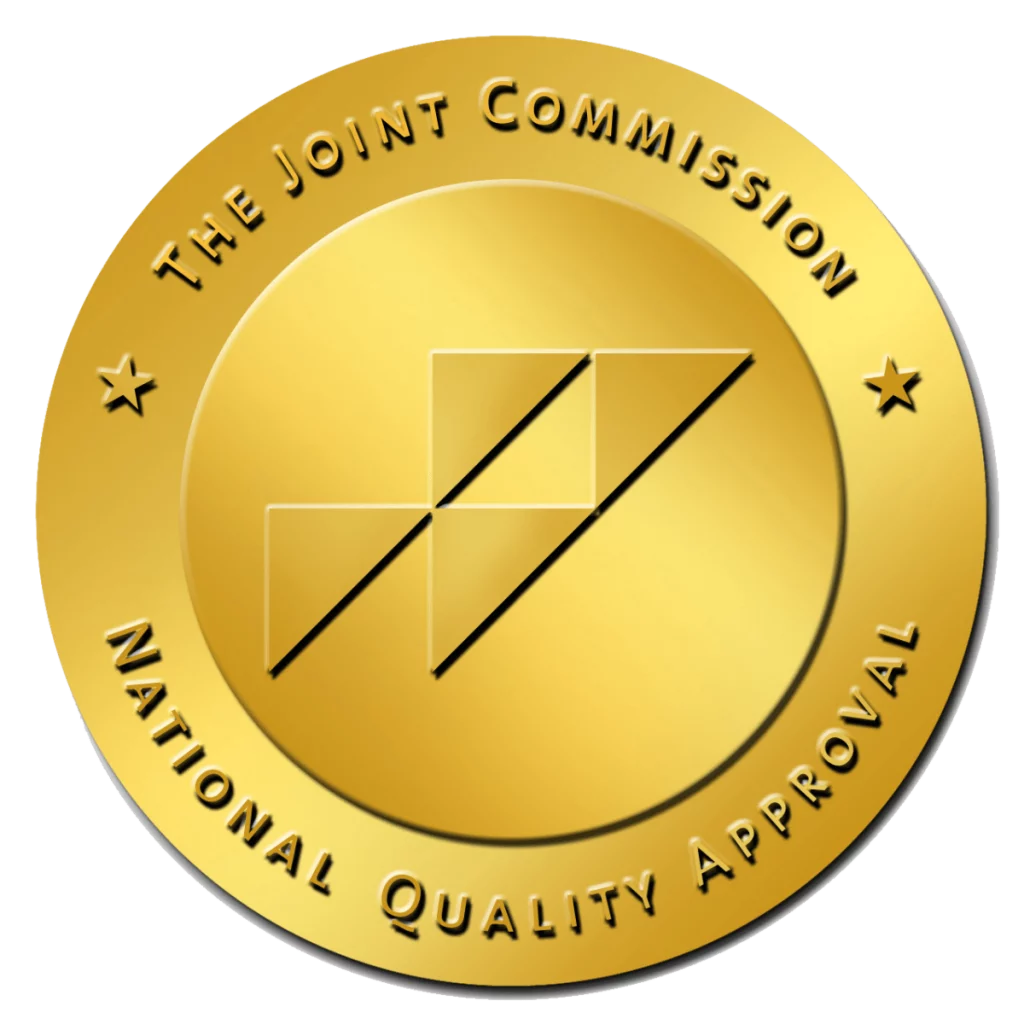When it first comes up as a treatment option for a mental health disorder, electroconvulsive therapy can sound scary—especially since it is sometimes associated with negative images and ideas in popular culture. Some of those depictions were inspired by older, less effective, and sometimes troubling practices.
But in today’s world, the reality is that ECT can be a safe, fast, and effective treatment for a range of mental health disorders—especially for people who are resistant to medications intended to support mental health. The therapy can be an effective approach to treating severe depression, bipolar disorder, catatonia, and schizophrenia. It can also be appropriate for those who are actively suicidal.
ECT has several upsides for patients: The treatment leads to positive results in 80 to 85 percent of cases. Patients usually notice improvements in their mental health disorder symptoms after eight to ten treatments, and side effects tend to be mild.
Peak View Behavioral Health offers electroconvulsive therapy for clients who are at least 18 years old and who are unresponsive to other forms of treatment, are an immediate danger to themselves, and/or are not good candidates for mood-stabilizing medication or antidepressants.
Let’s take a closer look at when electroconvulsive therapy might be appropriate and some of the details of the process.
Careful Consideration Underpins Any Use of ECT
Regulations in Colorado require two concurring opinions that affirm electroconvulsive therapy would be the best possible treatment for a given individual before the therapy can be employed. A complete record of other failed medical trials is also required. This careful, regulated approach ensures that electroconvulsive therapy is used only in cases when it is a last, best option for addressing a severe mental health disorder. The staff at Peak View Behavioral Health includes psychiatrists who are experienced in ECT evaluation and who can provide one of the two required opinions when they believe it is the appropriate way forward.
Peak View clients who undergo electroconvulsive therapy will also receive:
- Pre-treatment education conducted by a registered nurse for the person undergoing therapy and their families
- Assistance coordinating all pretreatment requirements—including required medical appointments and insurance authorization
- Ongoing monitoring of progress via the Montgomery-Asberg Depression Rating Scale (MADRS)
- Communication with outpatient care providers regarding progress in treatment
Some Details About Electroconvulsive Therapy at Peak View
At Peak View Behavioral Health, electroconvulsive therapy services are offered on both an outpatient and an inpatient basis. The therapy is performed by a nurse anesthetist (CRNA) and a psychiatrist, and the patient is under general anesthesia for each treatment. During electroconvulsive therapy, brief seizures are intentionally triggered by small electric currents passing through the brain. This process seems to spark changes in an individual’s brain chemistry. Those changes can lead to significant relief from the symptoms of a mental health disorder.
Electroconvulsive therapy usually includes eight to twelve treatments. Those treatments start at a frequency of three times per week and then continue at a rate of once per month as appropriate given the specific needs of the person undergoing the therapy.
We want to reiterate that electroconvulsive therapy as practiced today is safe and effective. Putting aside preconceived negative notions about this kind of treatment can help you feel more at ease if you and your doctors believe ECT might be an effective way to proceed with your mental health care.
Some Side Effects to Keep in Mind
As we have noted, ECT works well in between 80 and 85 percent of cases, and side effects, in general, are not too troublesome. Still, it is important to keep potential side effects in mind when considering whether to pursue ECT.
The most common side effect is short-term memory loss, which can be troubling but which generally improves over time. Those undergoing ECT also experience minor aches and pains, especially in the first couple of weeks of treatment. Again, those side effects tend to be fairly mild—and the potential benefits of electroconvulsive therapy can be truly life-changing for individuals who are struggling in intense, potentially life-threatening ways.
Peak View Behavioral Health is Ready to Help
Mental health disorders can upend your entire life. Whether you are struggling with one of the various forms of depression, with a panic or anxiety disorder, or with an issue centered on a traumatic experience (or series of experiences), we can help. At Peak View Behavioral Health—located in Colorado Springs, Colorado—we offer personalized treatment grounded in evidence-based practices, expertise, experience, and empathy. We are committed to meeting your specific needs and to clearly explaining each approach we suggest for improving your mental health and maintaining those improvements over time. If a mental health disorder is reducing your quality of life, we can help you turn things around.











